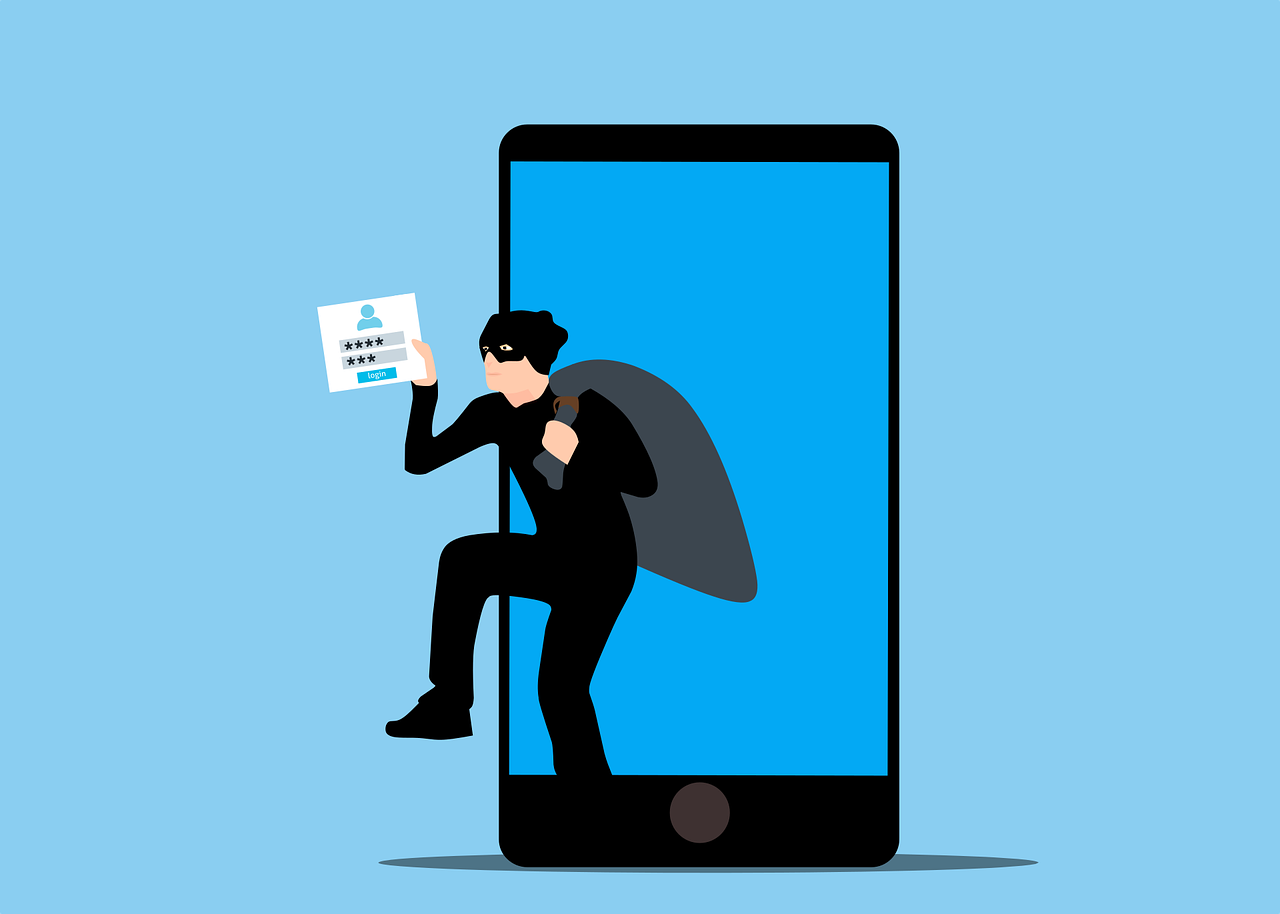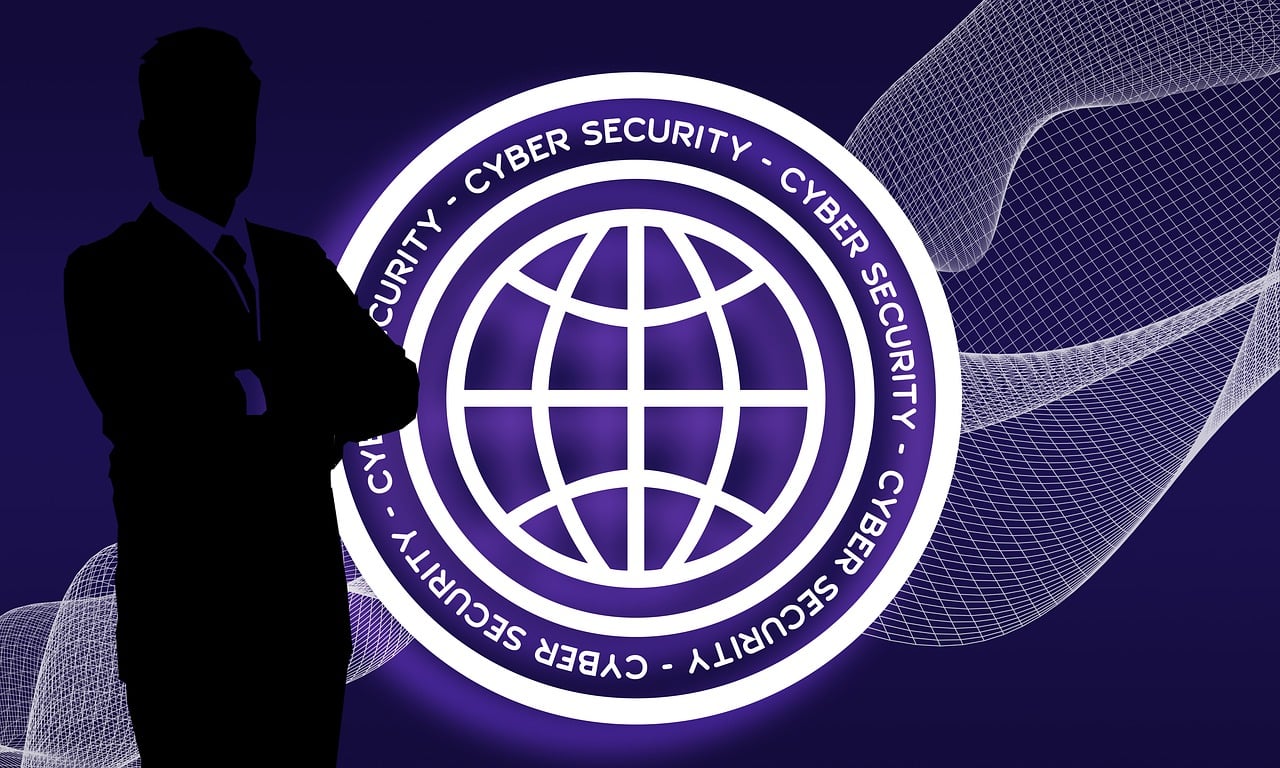
Best Identity Theft Protection Services 2025 Be proactive — don’t wait for it to happen to you
Identity theft continues to be a significant threat in 2025, with cybercriminals constantly evolving their tactics. As digital reliance grows across banking, remote work, e-commerce, and social media, so do vulnerabilities. Identity theft protection services are no longer optional but essential tools for individuals, families, and businesses to detect breaches, mitigate financial loss, and access expert recovery help.

These services go beyond basic credit monitoring by offering comprehensive protection, including dark web scans, SSN misuse alerts, address change monitoring, and vital recovery assistance.
Top Identity Theft Protection Services in 2025:
Here are the leading identity theft protection services, evaluated for their features, effectiveness, and overall value:
Our Top Recommendation:
1.Aura
- Overall Rating: 9.8 (Exceptional)
- Best For: Complete solution that protects you from fraud & identity theft, families, tech-savvy users, and comprehensive coverage.
- Starting Price: $9/monthly or $108/year (with potential discounts up to 68%)
- Free Trial: 60-day money-back guarantee (for annual plans)
Key Features:
- 3-bureau credit monitoring: Monitors Experian, Equifax, and TransUnion for suspicious inquiries and account changes.
- Up to $5 million identity theft insurance: Covers legal fees, lost wages, and stolen funds (up to $1 million per adult).
- Antivirus, VPN, and password manager: Provides a full suite of cybersecurity tools for device protection and online privacy.
- Dark web monitoring: Scans for your personal information being sold or leaked.
- Online account surveillance and financial transaction monitoring.
- Secure digital “vault” for sensitive data.
- AI-powered antivirus and safe Browse tools.
- Prompt security alerts and comprehensive fraud resolution services.
- 24/7 U.S.-based fraud resolution team: Provides personal assistance in case of fraudulent incidents, working with you to develop a recovery plan.
- User-friendly interface: Features a “Protection Summary” on a central dashboard.
- Parental controls and gaming alerts: Included in family plans.
- Home and auto title monitoring.
Pros:
- Full suite of tools for identity, financial, and device protection.
- Robust 3-bureau credit monitoring included in all plans.
- High identity theft insurance coverage.
- Excellent 24/7 U.S.-based customer support.
- Fast alerts, often quicker than competitors.
- Comprehensive dark web monitoring that catches more exposures.
- Simple pricing with the same core protections across all plan levels.
Cons:
- Fixed plans, no mixing and matching of features.
- Can be difficult to navigate due to the abundance of features initially.
- Some cybersecurity features require separate app installations.
2. LifeLock (by Norton)
- Overall Rating: 9.2 (Excellent)
- Best For: Norton antivirus users, all-inclusive identity theft protection for you and your family, and comprehensive cybersecurity integration.
- Starting Price: From $9.99/month (with potential discounts up to 52% off first year)
- Free Trial: 60-day money-back guarantee (for annual plans), 30-day for some plans.
Key Features:
- ID and Social Security number alerts.
- Stolen funds reimbursement: Ranges from $25,000 to $1 million, depending on the plan.
- Bank account and credit card activity alerts.
- 401(k) investment account alerts (on Ultimate Plus plan).
- Dark web monitoring and file-sharing network searches.
- 24/7 live member support and U.S.-based identity restoration specialists.
- Integration with Norton 360 suite: Provides VPN services, antivirus, firewall, and password manager.
- LifeLock Junior add-on: Affordable protection for children under 18.
- Fictitious identity monitoring: Detects synthetic identity theft.
- Privacy Monitor feature: Helps remove personal information from people-search sites.
Pros:
- Comprehensive identity monitoring features.
- High insurance coverage (up to $3 million for top-tier plans).
- Strong affiliation with Norton’s cybersecurity reputation.
- User-friendly mobile app and dashboard.
- Excellent identity restoration support.
- Real-time fraud alerts.
Cons:
- Pricing can be confusing and increases significantly after the first year promotional period.
- Only worth it if you want the Norton 360 bundle; otherwise, it might be more expensive.
- Advanced features are limited to top-tier plans (e.g., 3-bureau credit monitoring only on Ultimate Plus).
- Requires multiple apps to be installed.
- Overall Rating: 9.1 (Excellent)
- Best For: Full-spectrum protection powered by AI, budget-friendly options, and families.
- Starting Price: From $7.20/monthly or $79.99/year (with potential savings up to 73% on Ultra Protection)
- Free Trial: Yes (duration not specified in provided text)
Key Features:
- Collaborates with IBM Watson’s AI technology: Enhances threat detection and data analysis.
- Dark web monitoring: Alerts if your personal information is found being sold.
- SSN alerts.
- Continuous monitoring of personal and financial data.
- U.S.-based support team: Ready to handle emerging issues.
- Up to $1 million in insurance coverage per adult: Covers legal fees and lost funds.
- Data breach notifications.
- High-risk transaction monitoring.
- Social media monitoring: Alerts for account takeovers or impersonation.
- Home title monitoring, 401(k), and investment account monitoring (on Ultra plan).
- Criminal and sex offense monitoring.
- USPS address change monitoring.
- Safe Browse feature and password manager included in all plans.
Pros:
- Effective identity theft protection and monitoring powered by AI.
- Affordable entry-level plans, with dark web monitoring included.
- Covers up to five adults and unlimited children in family plans.
- Strong insurance coverage.
- Easy to set up and use dashboard.
- Long industry experience (20 years).
Cons:
- Cheapest plan (Value) doesn’t include credit monitoring.
- Many features are limited to higher-tier plans (e.g., 3-bureau credit monitoring and advanced financial monitoring are not on Value plan).
- App experience may not be as comprehensive as some competitors.
- Does not currently offer a VPN, which is becoming a common bundled feature.
Other Highly-Rated Identity Theft Protection Services:
- OmniWatch: Very good (8.7) – Best for individuals, scam protection, and identity theft insurance. Offers a $1 trial.
- Zander Identity Theft: Very good (8.8) – Smart & affordable, proactive monitoring, real-time alerts, and up to $1M reimbursement for stolen funds.
- Identity IQ: Very good (8.5) – Real-time alerts, regular credit monitoring, up to $1M reimbursement, A+ BBB rating.
- Guardio Ltd: Very good (8.6) – Real-time protection against ID theft, malware & data leaks, secures every account and interaction, online activity monitoring, personalized protection, offers a free trial.
What is Identity Theft Protection?
Identity theft protection is a suite of digital services designed to safeguard your personal, financial, and online identity data. These tools actively monitor sensitive information (e.g., Social Security number, credit report, online accounts) for suspicious or unauthorized activity. If a threat is detected, you receive immediate alerts (text, email, app notifications), allowing for rapid response to minimize potential damage. Most providers include identity restoration support, offering dedicated agents to guide victims through the recovery process. Services often bundle identity theft insurance to cover legal costs, stolen funds, and out-of-pocket expenses related to resolving fraud.
Key Insights:
- Identity protection services monitor your data, alert you to threats, and assist with recovery.
- Unlike credit monitoring, identity theft protection covers broader threats and provides recovery assistance.
- Warning signs include mystery charges, missing mail, unknown credit inquiries, and strange collection calls.
- Prevention involves unique passwords, two-factor authentication, safe Wi-Fi use, and document shredding.
Why is Identity Theft Protection Important in 2025?
Identity theft continues to evolve with increasingly advanced methods used by cybercriminals. In 2024, the FTC reported over 1.1 million cases of identity theft in the U.S., with credit card fraud and unauthorized loan applications being common, often stemming from dark web data leaks. As digital dependence increases (online banking, remote work, e-commerce, social media), so do vulnerabilities. Identity theft protection services help consumers quickly detect breaches, mitigate financial loss, and access expert help. In 2025, these tools are essential for financial safety and privacy for individuals, families, and businesses.
How Does Identity Theft Happen?
Identity theft typically begins with lapses in digital hygiene or sophisticated cyberattacks. Common methods include:
- Phishing attacks: Deceptive emails or texts requesting personal information.
- Data breaches: Hackers gaining access to company databases, leaking millions of personal records.
- Public Wi-Fi snooping: Intercepting data on unsecured networks.
- Weak or reused passwords/credentials: Easy to crack or already exposed in other breaches.
- Social engineering: Scammers using public data to impersonate you.
Once compromised, your information can be used to open credit cards, file tax returns, or apply for loans in your name.
How Do I Check if Someone Stole My Identity?
Look out for these red flags:
- Unrecognized charges on your statements.
- Mail not arriving or being redirected without your request.
- Credit applications you didn’t make.
- Debt collectors contacting you for unfamiliar accounts.
- Alerts from ID protection services about your data on the dark web.

Do Identity Theft Protection Tools Work?
Identity theft tools scan credit reports, the dark web, public records, and social platforms to flag threats. You receive instant notifications if suspicious activity is detected. Most services also provide recovery agents to assist with disputes and offer additional features like VPNs and password managers.
| Feature Category | Example Features | Benefit |
| Monitor & Detect | Credit checks, dark web scans, social media activity | Early fraud detection |
| Alert | Email/SMS/app notifications for suspicious activity | Real-time awareness |
| Restore | Identity restoration agents, legal help, insurance | Fast recovery and financial protection |
| Cybersecurity Tools | VPN, password manager, antivirus, anti-phishing | Prevents fraud before it occurs |
| Additional Coverage | SSN tracking, lost wallet help, mail redirection | Full-spectrum identity safety |
What Key Features Should I Look For?
When evaluating services, prioritize these features:
- Comprehensive Monitoring: Includes credit activity, dark web, bank accounts, social media, public records, and more.
- Real-Time Alerts: Immediate notification for suspicious activity via multiple channels.
- Dedicated Recovery Assistance: Expert help for filing disputes, restoring identity, and liaising with institutions.
- Theft Insurance: Up to $1 million (or more) in coverage for legal fees, lost wages, and stolen funds.
- Cybersecurity Tools: VPNs, antivirus software, password managers, and anti-phishing tools to prevent fraud.
Identity Theft Protection vs. Credit Monitoring: What’s the Difference?
While often confused, they differ significantly in scope:
- Credit Monitoring: Tracks your credit report and scores for unauthorized changes. Alerts you if someone opens a loan or credit account. It’s a first line of defense for credit-related fraud.
- Identity Theft Protection: Covers a broader range, including SSN misuse, address changes, dark web activity, and more. It also includes comprehensive recovery support and insurance. Credit monitoring is a subset of identity theft protection, not a replacement.
Why Should I Get Identity Theft Protection?
Identity theft protection is a proactive way to guard against rising threats. Consider it if:
- Your data has been exposed in a breach: Even one leak puts your identity at risk for years.
- You shop or bank online frequently: Regular digital transactions increase exposure to cyber threats.
- You handle sensitive information remotely: Remote workers are more vulnerable.
- You’re a caregiver or parent: Children and seniors are prime targets due to clean credit histories.
- You have a high financial profile or public visibility: Attracts thieves seeking bigger payoffs.
It acts as both a watchdog and a safety net, spotting threats early and aiding quick, secure recovery.
How Do I Protect Myself from Identity Theft?
Preventive measures significantly reduce your risk:
- Use unique, complex passwords and update them regularly.
- Enable two-factor authentication on all major accounts.
- Avoid public Wi-Fi for sensitive transactions unless using a VPN.
- Shred documents containing personal data before discarding.
- Use a reputable identity protection service for monitoring, alerts, and response.
- Regularly review bank statements and credit reports.
What Should I Do If My Identity Is Stolen?
Immediate action is crucial:
- Report to the FTC: Visit identitytheft.gov to create a recovery plan and file an official report.
- Notify Financial Institutions: Contact banks, credit card issuers, and lenders to freeze/close compromised accounts. Request new cards and change passwords.
- Contact Credit Bureaus: Place a fraud alert or credit freeze with Experian, Equifax, and TransUnion to prevent further unauthorized accounts.
- File a Police Report: Especially if you have concrete evidence (unauthorized accounts, stolen documents). Bring your FTC report and supporting documentation.
- Document Everything: Keep records of all communication and steps taken.
- Utilize Identity Theft Protection Service: They can monitor ongoing threats and provide expert recovery help, including restoration agents, legal advice, and insurance claims.



